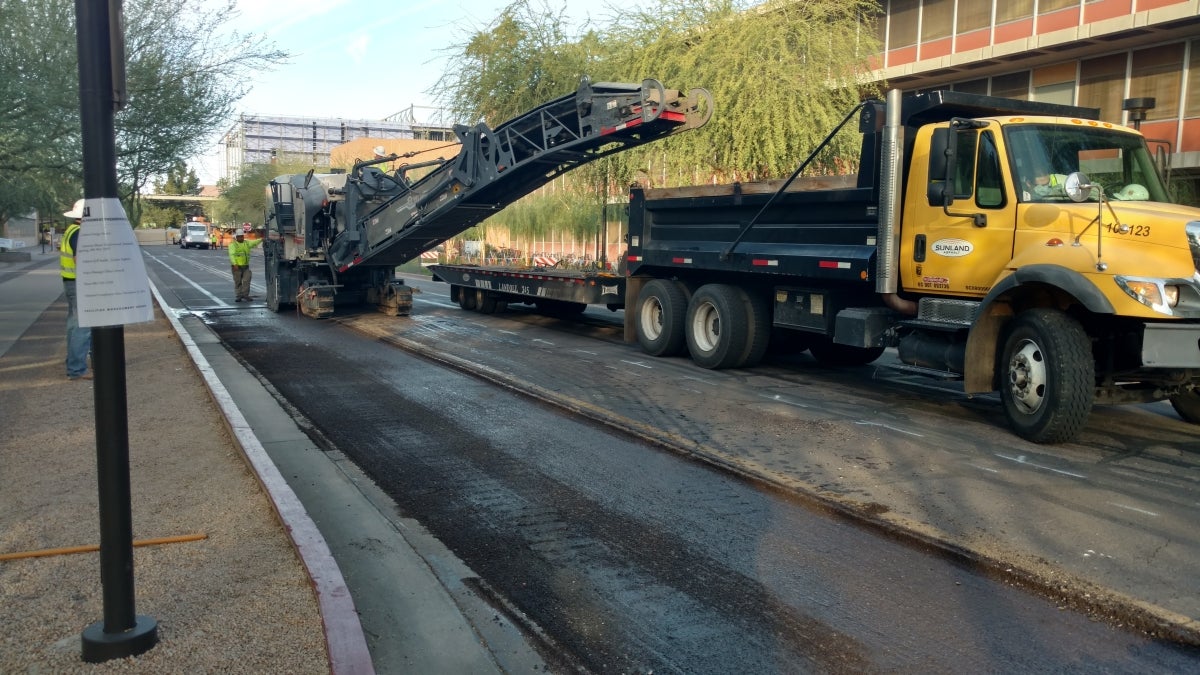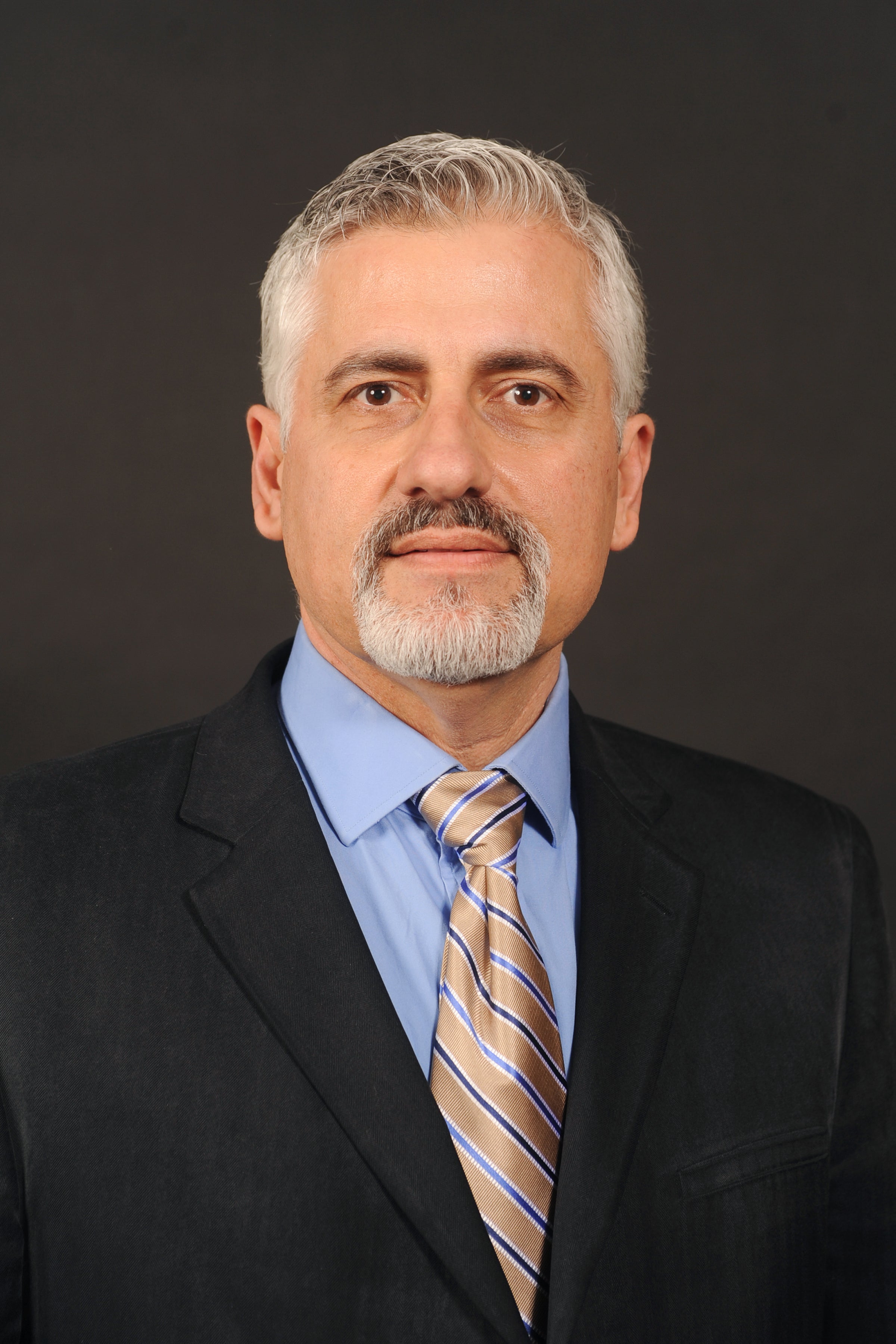Climate change demands a change in transportation designs and materials, says ASU engineer

Extreme summer heat has become more frequent across the contiguous U.S. over the past 20 years, according to the Environmental Protection Agency. As temperatures continue to rise, transportation designs and materials will need to be more durable and sustainable, according to Kamil Kaloush, a professor in Arizona State University's SchoolThe School of Sustainable Engineering and the Built Environment is part of the Ira A. Fulton Schools of Engineering. of Sustainable Engineering and the Built Environment.
Kamil Kaloush
Question: How are climate change and increasing urban temperatures related?
Answer: The warming climate has resulted in an increased impact on urban heat islands — built-up areas where buildings, roofs and paved surfaces' temperatures can be hotter than the air itself. Known as the heat-island effect, this retained and radiated heat causes overall night temperatures to rise higher than in neighboring, less developed areas. Urban heat islands not only escalate the absorption and emittance of heat back into the atmosphere, the use of mechanical systems for cooling also triggers a rise in environmental pollutants, thereby causing additional burden on the environment.
Q: Pavements are a big contributor to urban heat-island effects. How can we make them better?
A: We work with government and industry partners to develop new designs and evaluate technologies that include modified pavement systems that better maintain safe and durable highways. We do this while keeping sustainability in mind — considering the important environmental, social and economic issues.
Our research on rubberized pavements and fiber-reinforced asphalt concrete has shown that these modified materials are durable and resilient. They offer better overall performance, which translates into road-user benefits, including improved ride quality, less fuel consumption, lower maintenance frequencies and safer roadways.
These pavements also offer the advantage of reduced pavement thickness, which in turn reduces use of natural resources and curtails greenhouse-gas emissions.
We also work with permeable pavements — pavements that allow movement of storm water through the surface — which can mitigate urban heat-island effect by dissipating heat more quickly than dense pavements. The improved water flow also has a positive effect on storm water management, and cooling pavement surface temperature.
We’re working with local governments on the potential benefits of recycling old asphalt pavements. Although the national trends in recycling asphalt pavements are encouraging, the environmental conditions in Phoenix are extreme and need further consideration. Generally, we have found that the use of recycled asphalt pavements at moderate percentages can lead to greater resource conservation and a more environmentally friendly approach to paving.
Q: What are the biggest future challenges?
A: The International Disaster Database shows that extreme weather events have been increasing over the decades. To prepare for future climate-precipitated events, we need to invest in upgrading our severely distressed infrastructures while re-evaluating our current designs and specifications, looking at solutions that improve the performance of various transportation elements under extreme weather conditions.
At the same time, as extreme weather events and the pressure of growing traffic demand continue, we will face increasing challenges to sustain and balance durability, user safety and effective mobility, and sustainability. Developing and installing sustainable pavements and other building materials will be critical to creating a sustainable future not only for our transportation infrastructure, but also for highly populated urban areas.
Top photo: During the 2016 Pavement Preservation and Maintenance Conference hosted at Arizona State University, local contractors provided a demonstration of six different chip-seal treatments, all finished with a micro surface to provide a uniform texture afterward. The project is designed to provide sustainability insights for local municipalities, the Arizona Department of Transportation and the Federal Highway Administration.
More Science and technology

ASU water polo player defends the goal — and our data
Marie Rudasics is the last line of defense.Six players advance across the pool with a single objective in mind: making sure that yellow hydrogrip ball finds its way into the net. Rudasics, goalkeeper…

Diagnosing data corruption
You are in your doctor’s office for your annual physical and you notice the change. This year, your doctor no longer has your health history in five-inch stack of paperwork fastened together with…
Large-scale study reveals true impact of ASU VR lab on science education
Students at Arizona State University love the Dreamscape Learn virtual reality biology experiences, and the intense engagement it creates is leading to higher grades and more persistence for biology…


